The earth is full of magnificent creatures that never managed to overwhelm humanity. Among them, the flying animals are the ones that have always managed to attract observers/researchers’ attention. These animals may not have bird-like wings, but their aerodynamic structures allow them to fly.
Let’s take a look at these 7 weirdest flying animals.
Japanese squid
Japanese squid is an eight-armed, and two-tentacled cephalopod is native to the Pacific coastal regions and is renowned for its ability to jump from the water and cover vast distances. The squid also makes use of its unusual ability to save itself during mating migrations from predators as well as to conserve resources. These squids fly in excess of 30 meters in only three seconds and can travel significant distances in a flicker of an eye. They usually possess the top layer of the water body, which gives them simpler admittance to the outdoors. It is well known these creatures have three hearts. Often they shoot ink for self-protection at predators.

Flying fish
Apparently, life at sea just doesn’t cut it anymore for our finned mates, with some fish wagging out of the water and into the sky.
Flying fish are members of the Exocoetidae tribe, and use their remarkable ability to shake off predators. Flying fish uses their super-streamlined shape while underwater to achieve speeds of up to 60 kilometers per hour. It makes them one of the top 10 fastest fish. They then push themselves upwards to crack the surface, where they use their tails to skim along the water before bringing the air to its fullest.
Their powerful pectoral fins help them reach 1.2 meters high and lengths of up to 200 meters high. But that’s not all – they can beat their tails again when the fish loses height and approaches the water to travel across the surface and prolong their flight to 400 m.
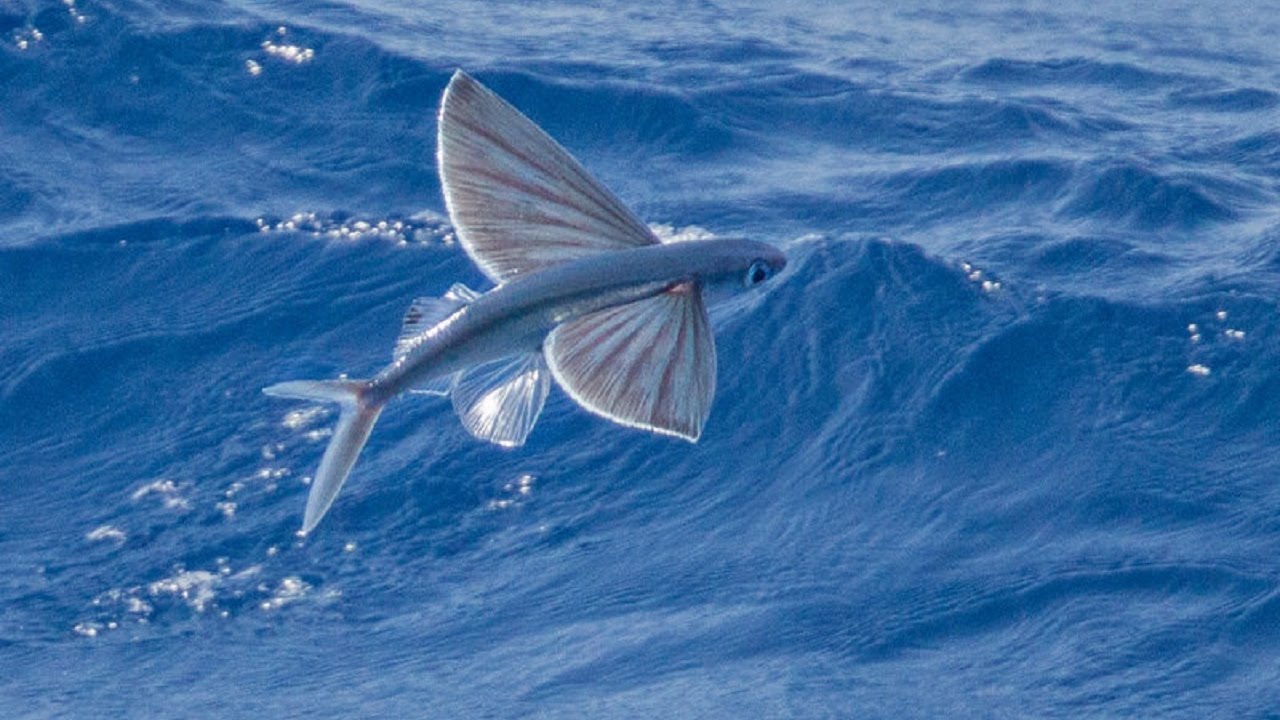
Ballooning spiders
Ballooning spiders are more adventurous than the jumping spiders and can travel through the air for thousands of miles. For example, crab spiders use the technique of ballooning to fly over great distances. To fly distances, it uses the wind. It goes to the top of a rock or plant and then awaits the wind.
If the air current is felt, it shoots a gossamer jet, the silk-type material that is used to create a web. They are big enough to serve as a parachute or balloon, thereby helping the spiders travel from one stage to the next. The world record for spider ballooning and no-food flying has been held for 25 days, and they can fly up to two feet above the ground.
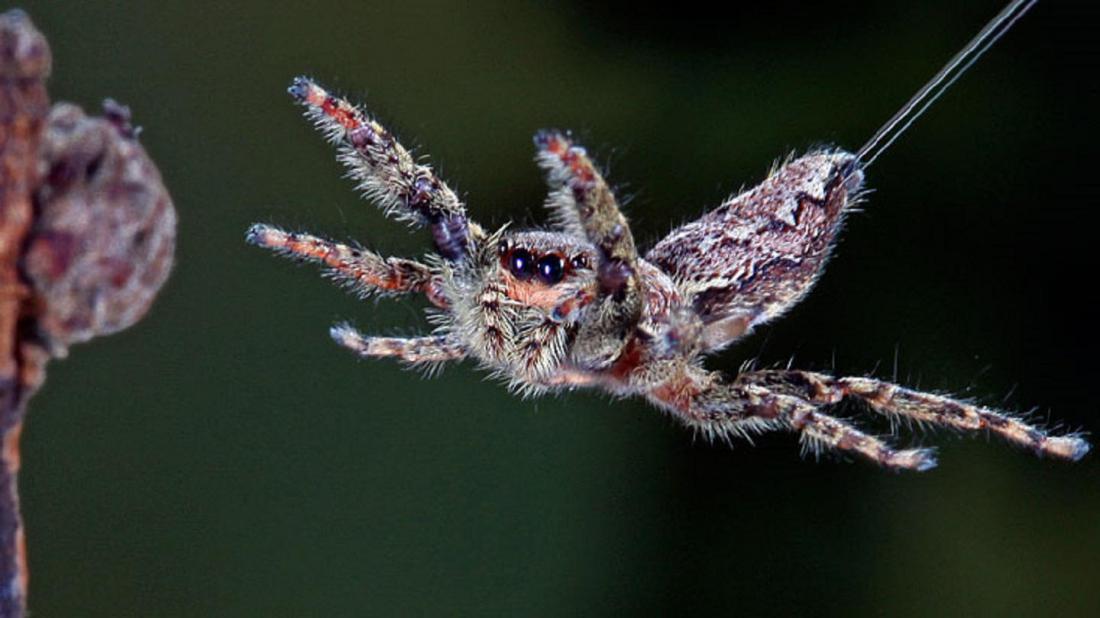
Puffins
Puffins probably won’t seem as though the most master flyers, yet they’re niftier than you would suspect. Beating its little wings at 400 beats for each moment, so hard they appear to be a haze, a puffin can arrive at velocities of 55 miles for every hour. Be that as it may, in an astonishing turn, the puffin can likewise find the amphibian world by flying submerged. The puffin mostly overlays its wings and twists them upwards, and utilizing its quick fluttering, it plunges to a profundity of up to 60 meters, remaining submerged for 30 seconds.
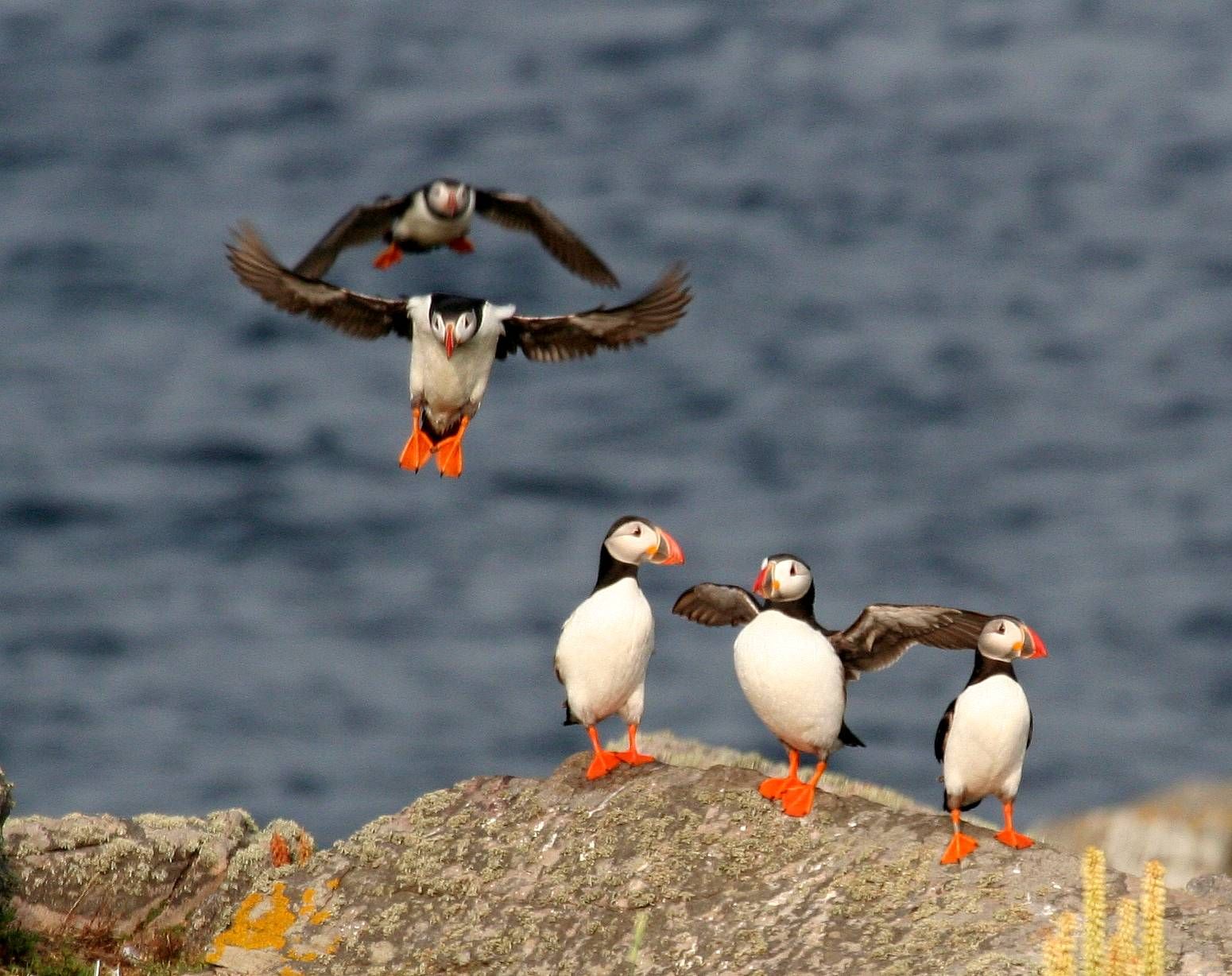
Snakes
You’ve ever seen a flying snake? You read it correctly! Among snakes, there is a specific species called Chrysopelea, which can actually fly! Scary, aren’t they? But be not. Their venom is deadly for their tiny prey. Chrysopelea, commonly referred to as a flying snake or gliding snake, moves vertically up a tree and, when it reaches the end of a tree branch, makes a J-shape bend and propels it forward by selecting the tilt. In India, flying snakes are found mostly in western Indian states such as Gujarat.
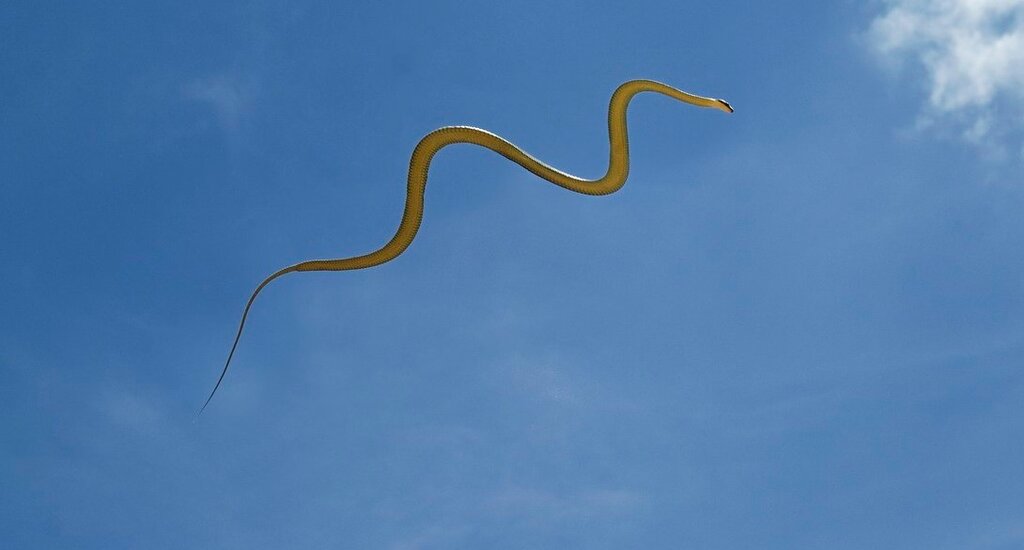
Wallace’s flying frog
Flying frog of Wallace happens in Malaysia and Indonesia. This frog has long webbed toes and a skin flap between its limbs that enable it to parachute from the treetops — float downwards at a steep angle. Although the flying frogs of Wallace prefer to live in the canopy of the forest, to mate and lay eggs, they have to descend to ground level.
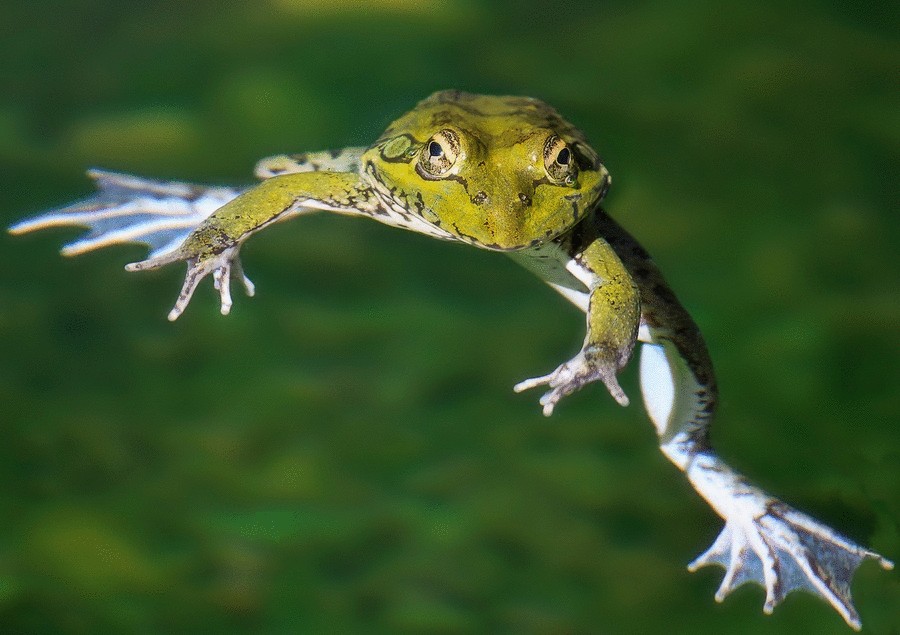
Colugos
Sometimes, these tree-dwelling gliders are called flying lemurs, but they are neither true lemurs nor are they flying. Such mammals of the Cynocephalus genus occur in Southeast Asia and are about the size of a house cat. Using their patagium, colugos can fly up to 200 feet between trees, or skin flaps between their front and hind legs extending to their tail and neck. They will gracefully fly through the forest in the air but look like an animated pancake on the ground.
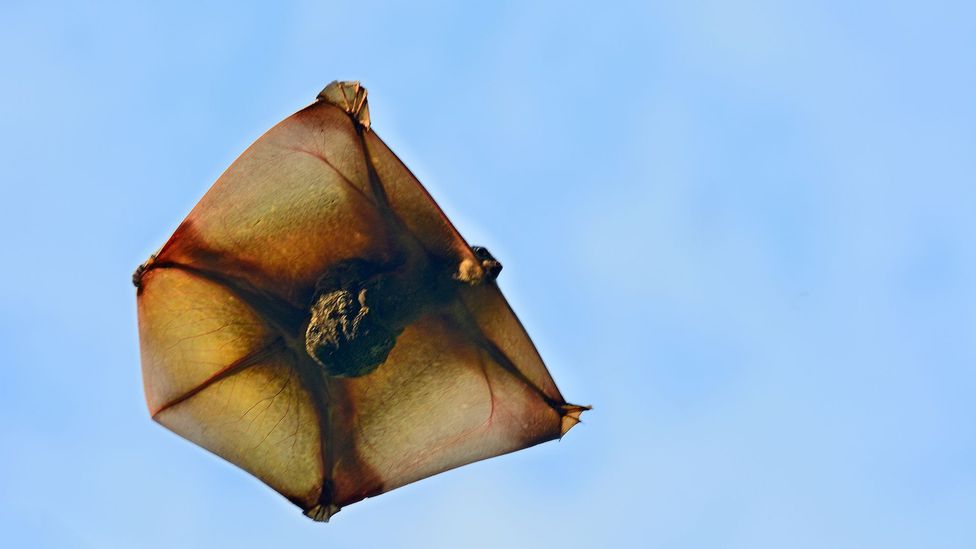




Related Posts
7 Interesting Facts About Running
7 Health Benefits of Laughing
5 Brilliant Facts About Rhinoceros Beetles